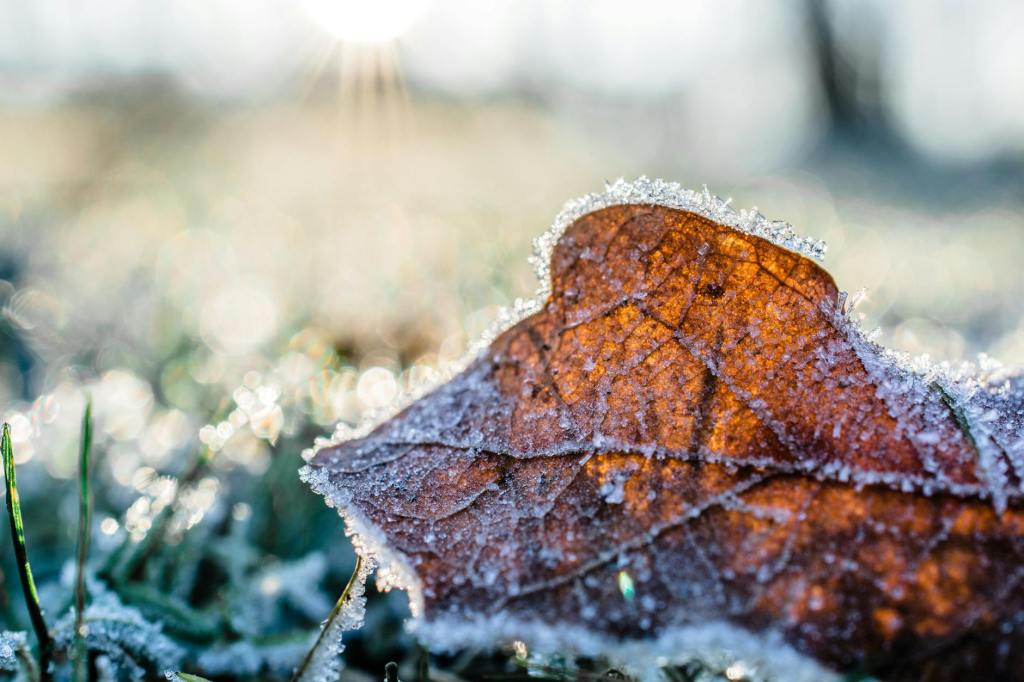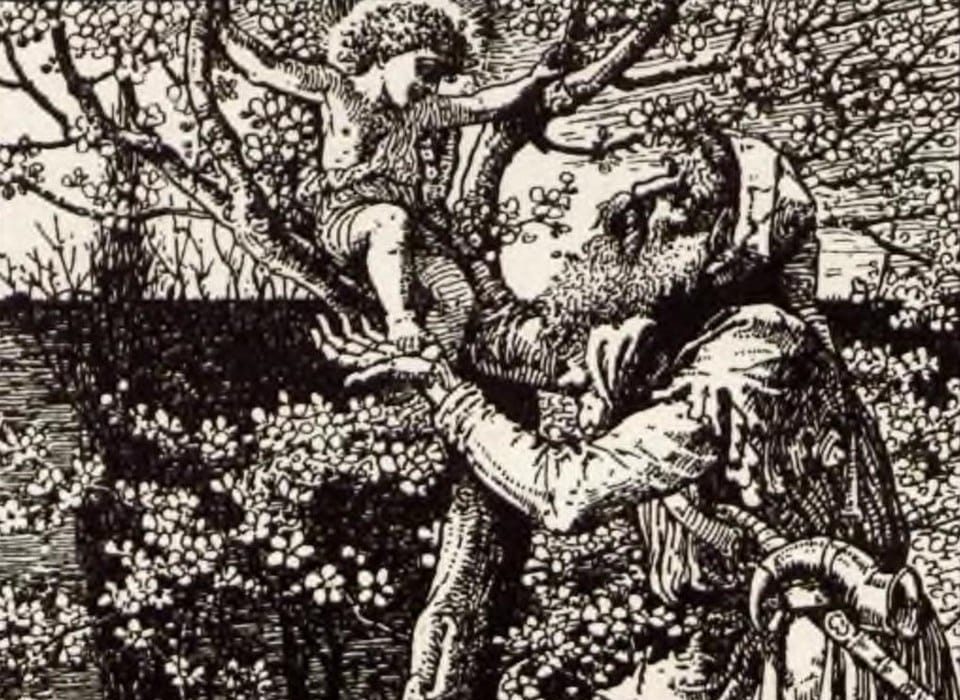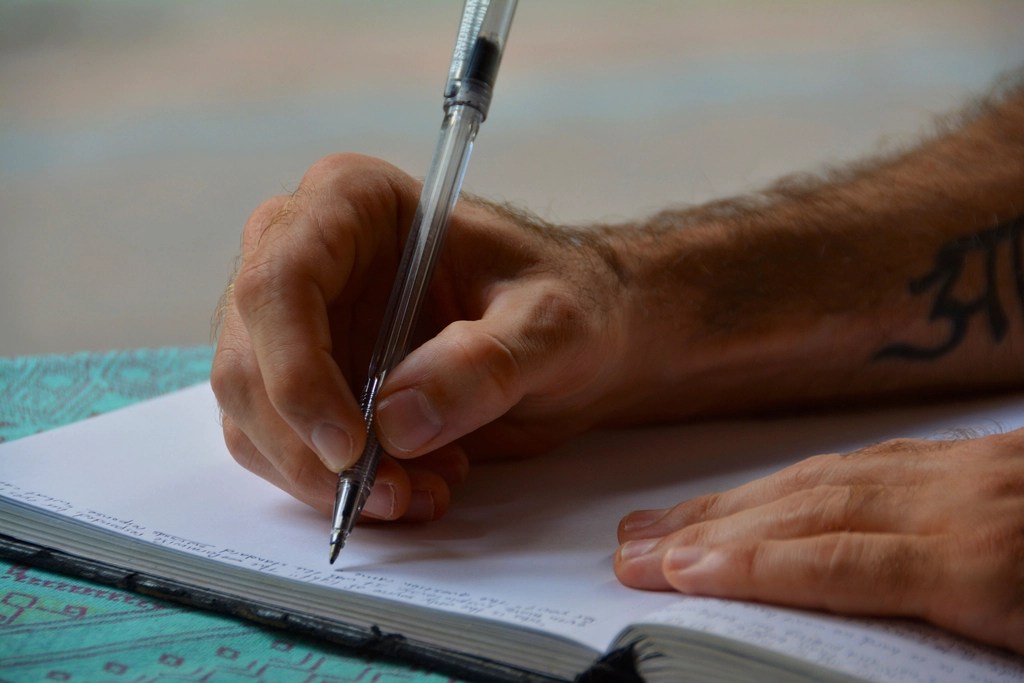In many of Robin Hood’s early interpretations in ballads, Robin is quite different from what we know in modern society. In these songs and ballads, Robin Hood is far more blood thirsty and vengeance seeking. That is, he does not take things lightly when it comes to slights of his character and honor. Robin Hood, though more violent, still believes in justice. He stands against those who would do acts of corruption, such as the foresters, sheriffs, and the like. In this post, we are going to take a look at a few Robin Hood’s portrayal in ballads an poems.
Take for instance, Robin Hood’s portrayal as a fighter and vengeance-seeker in “Robin Hood and the Monk.” Likewise, see how he is willing to use a decapitated head to deceive the king in “Robin Hood and Guy of Gisborne.” Moreover, see how Robin Hood faces peril in “Robin Hood’s Progress to Nottingham.” Lastly, Robin Hood’s appearance in Ivanhoe is interesting and somewhat out of character as an aid to the titular character. While often unlike what we know now, Robin Hood has many of the traits that we know and love in today’s media.

“Robin Hood and Guy of Gisborne” by Thomas Bewick (1832). This is a woodcut print from Robin Hood: A Collection of All the Ancient Poems, Songs, and Ballads.
The stories feature many facets of the illustrious outlaw, from all of these battles to the nuances with friendship. For instance, Robin Hood’s relationship to Little John is far more tumultuous than what typically appears on television. Below, I am going to post links to the ballads we’ve covered this month. In them, you can catch up on the material or even take away something new about the Robin Hood’s portrayal in ballads and poems.





Leave a comment